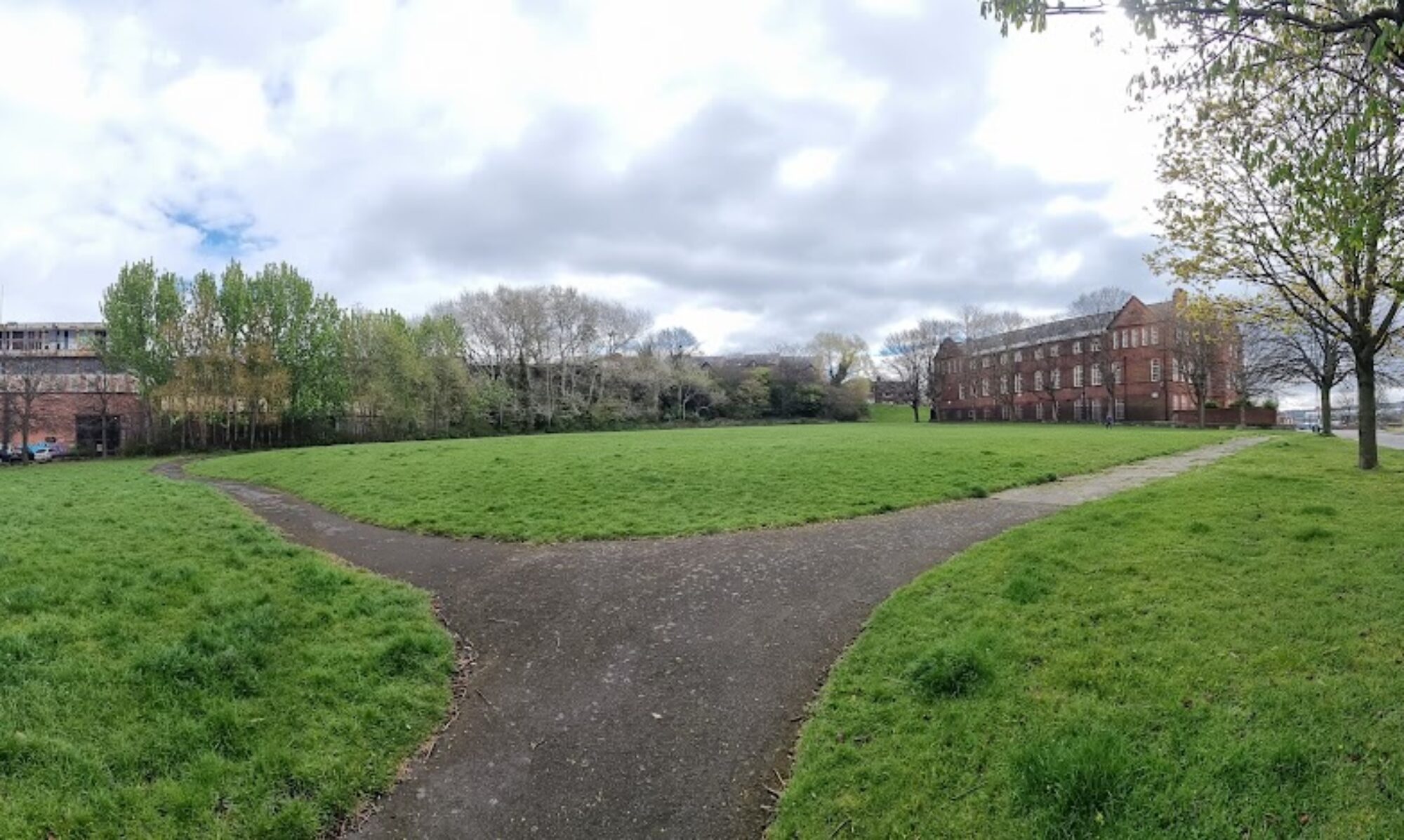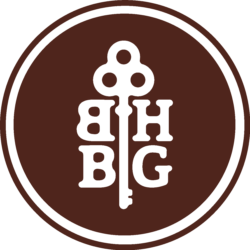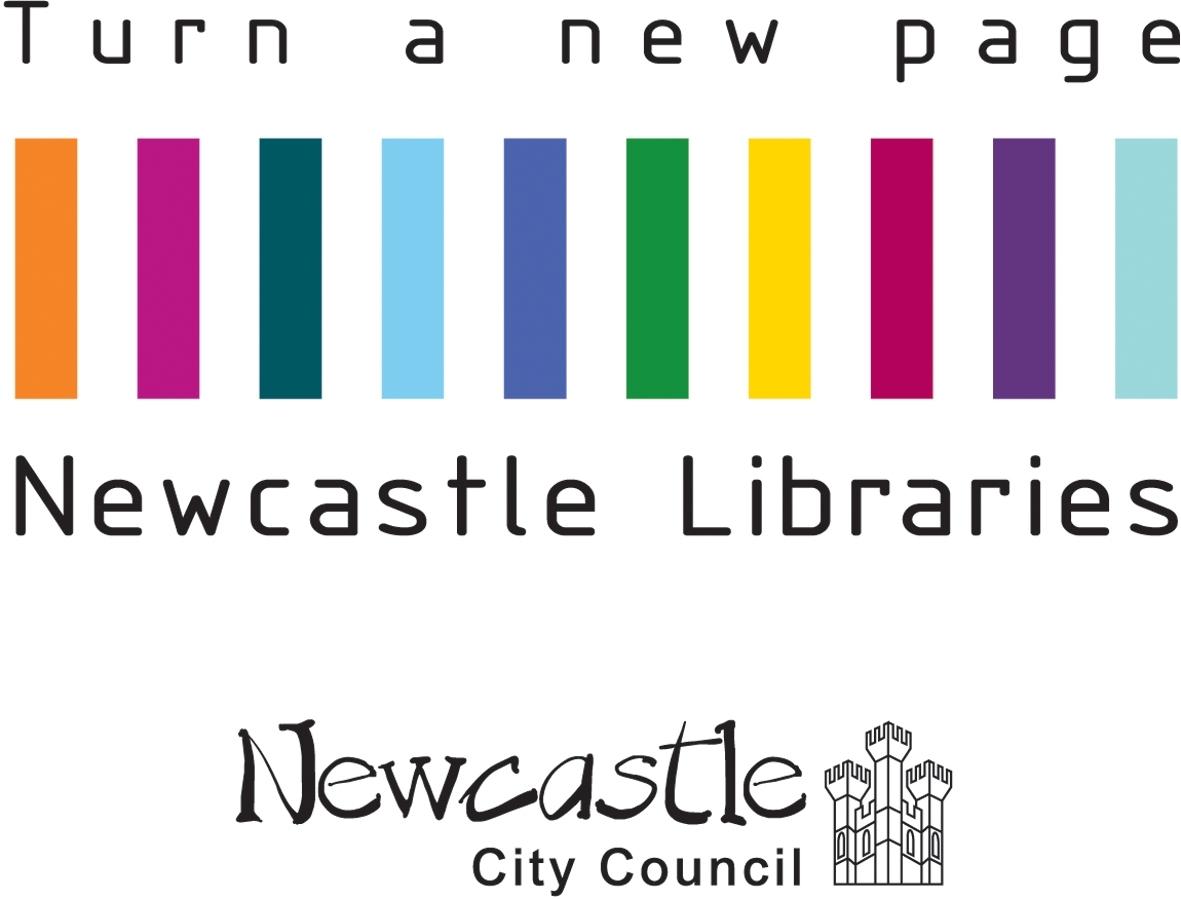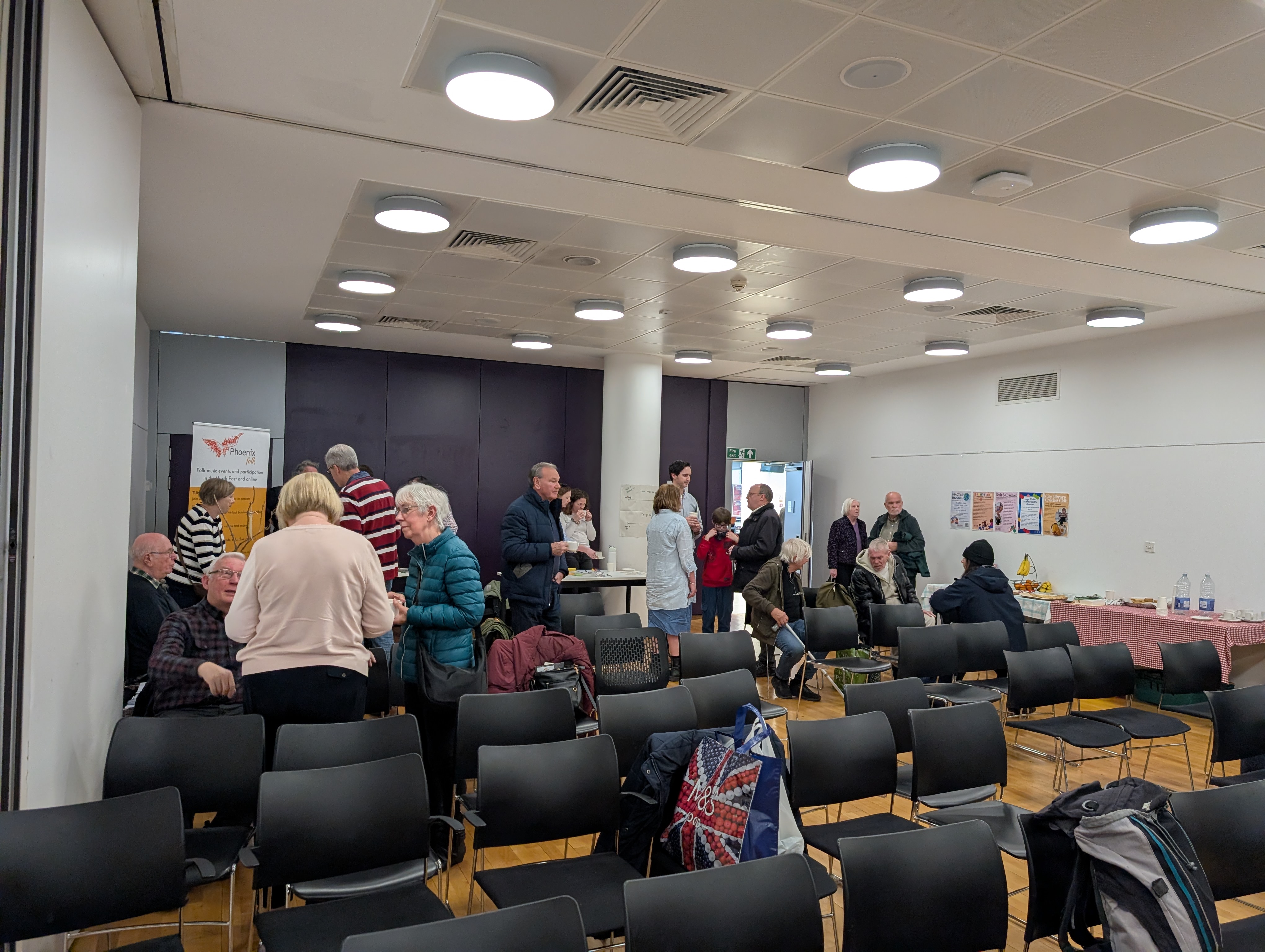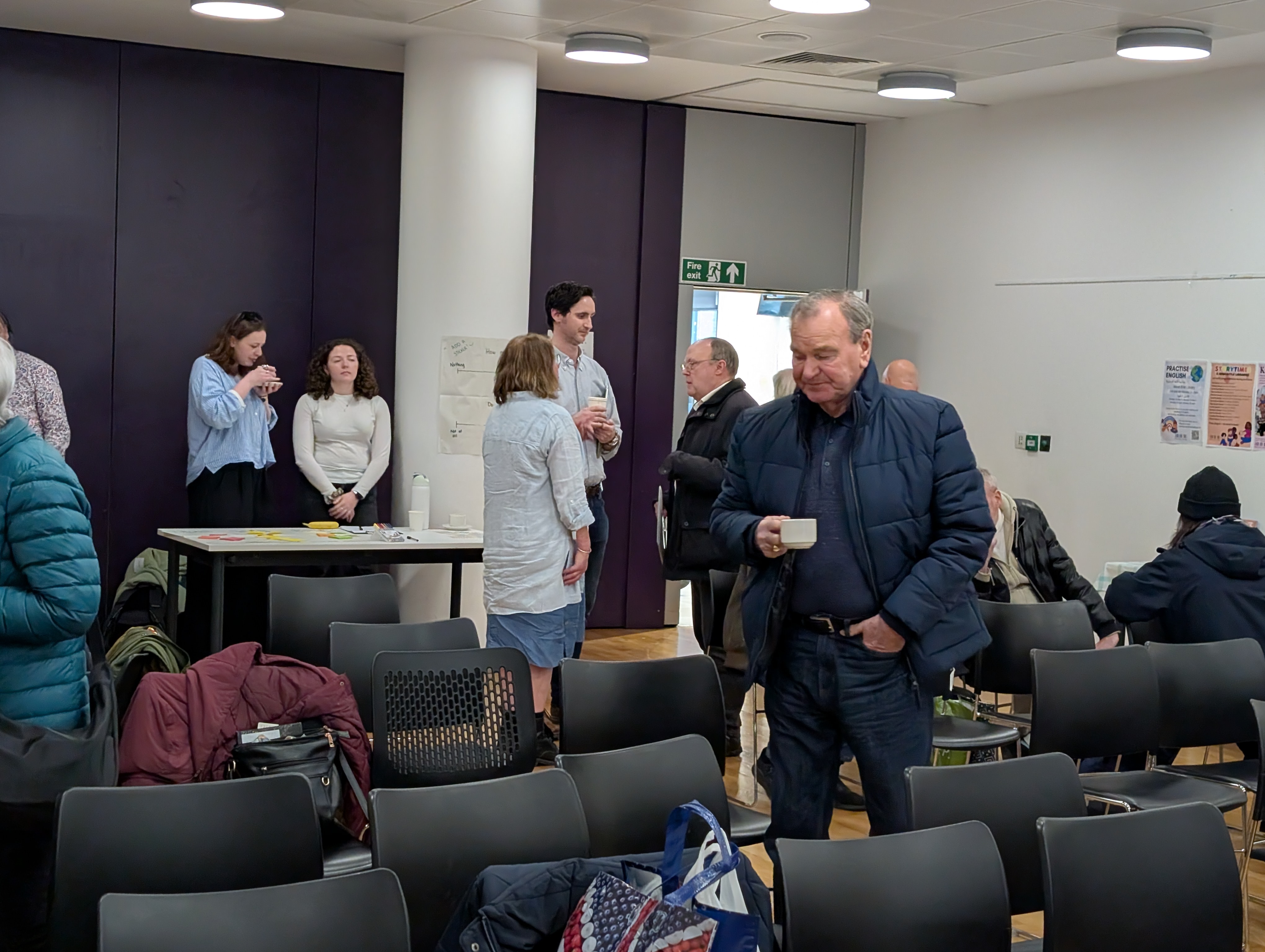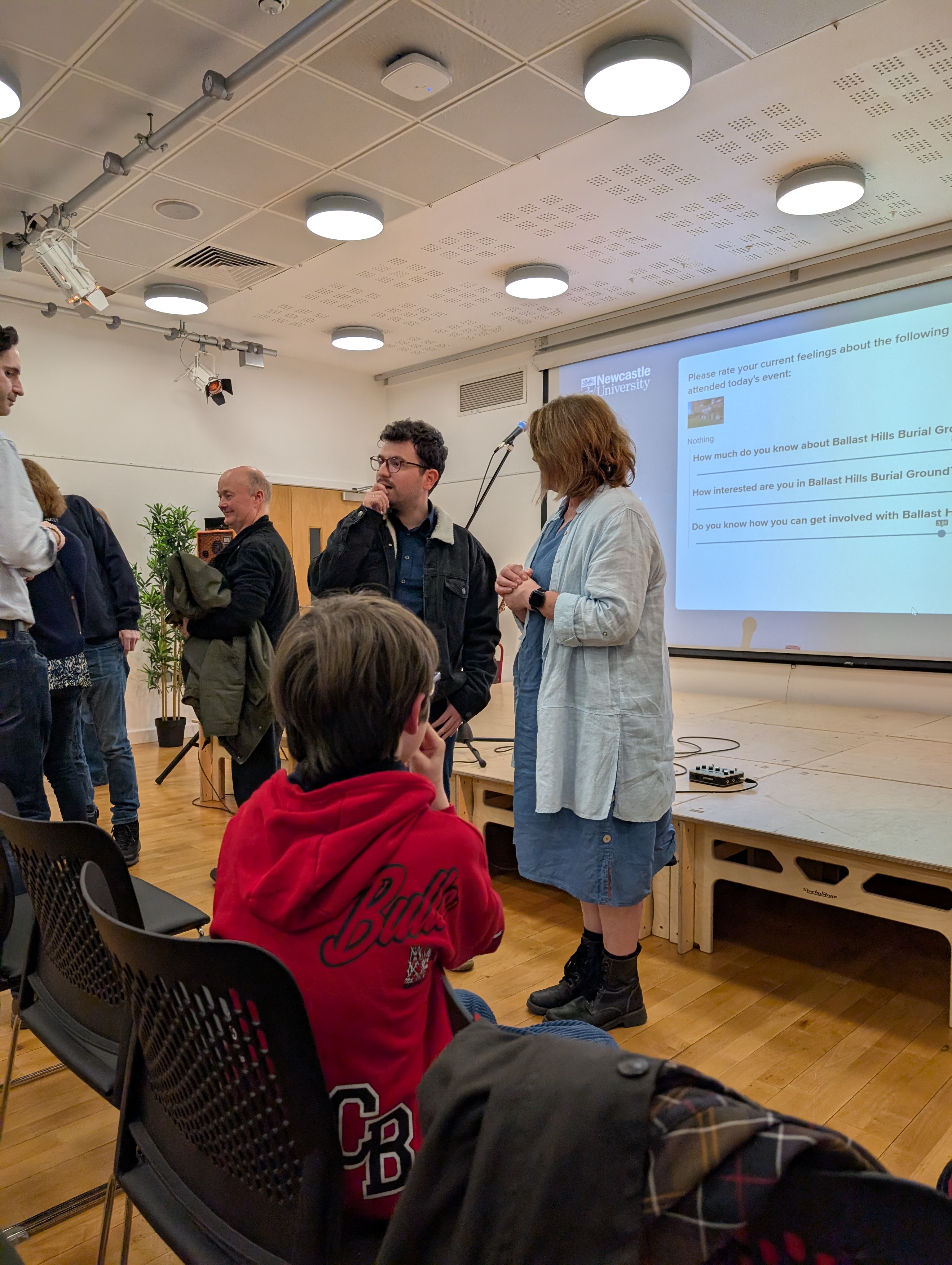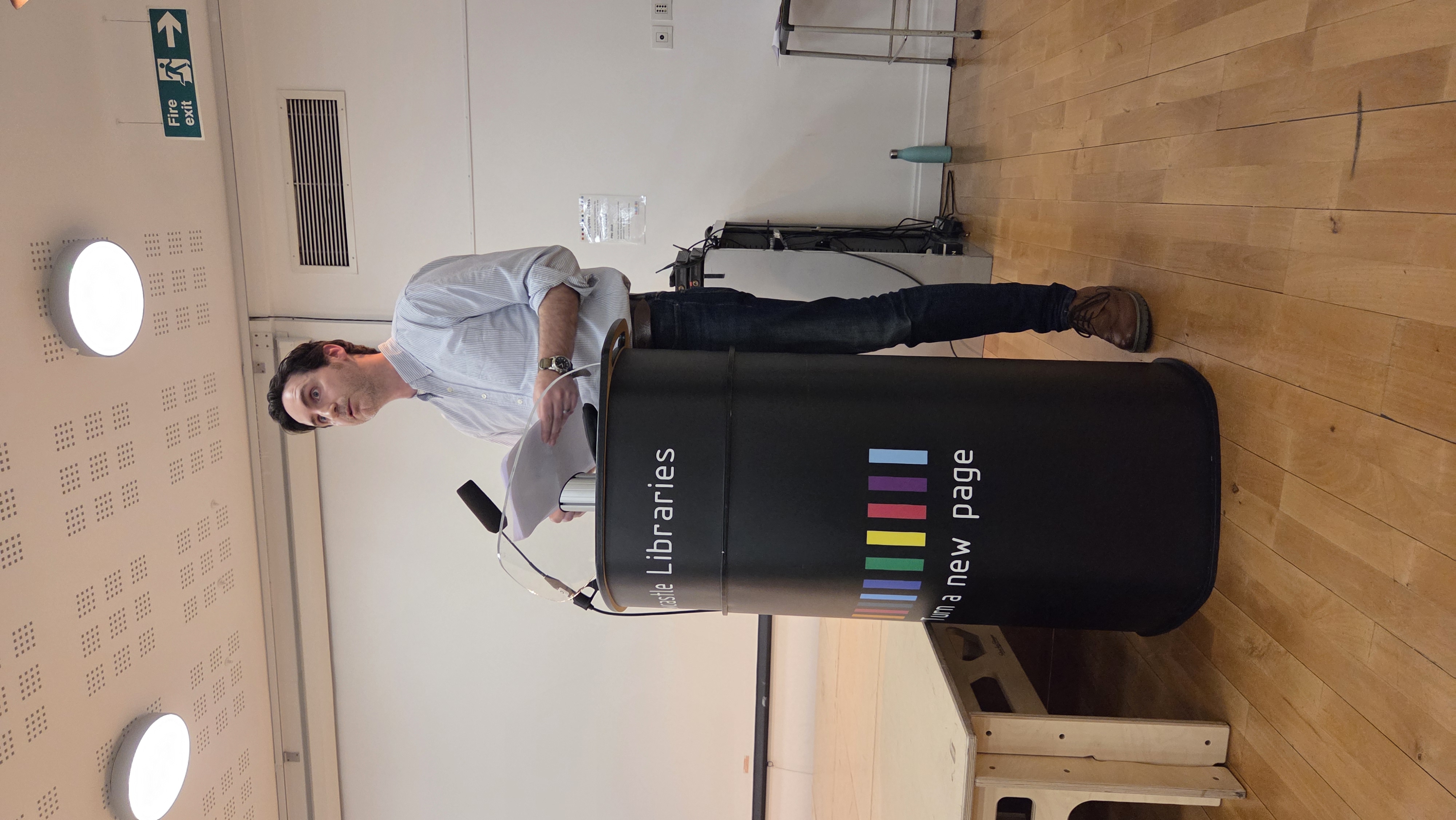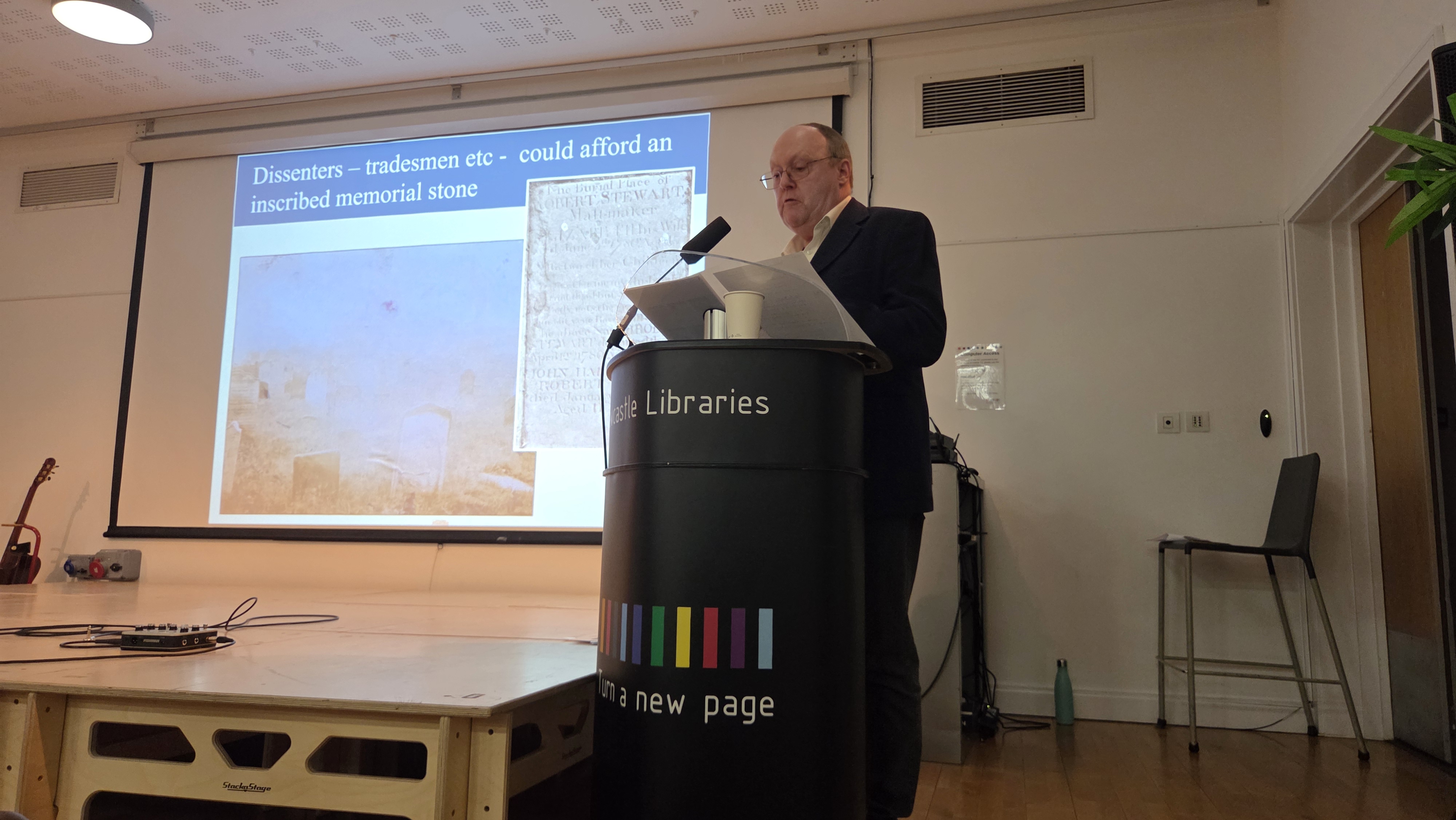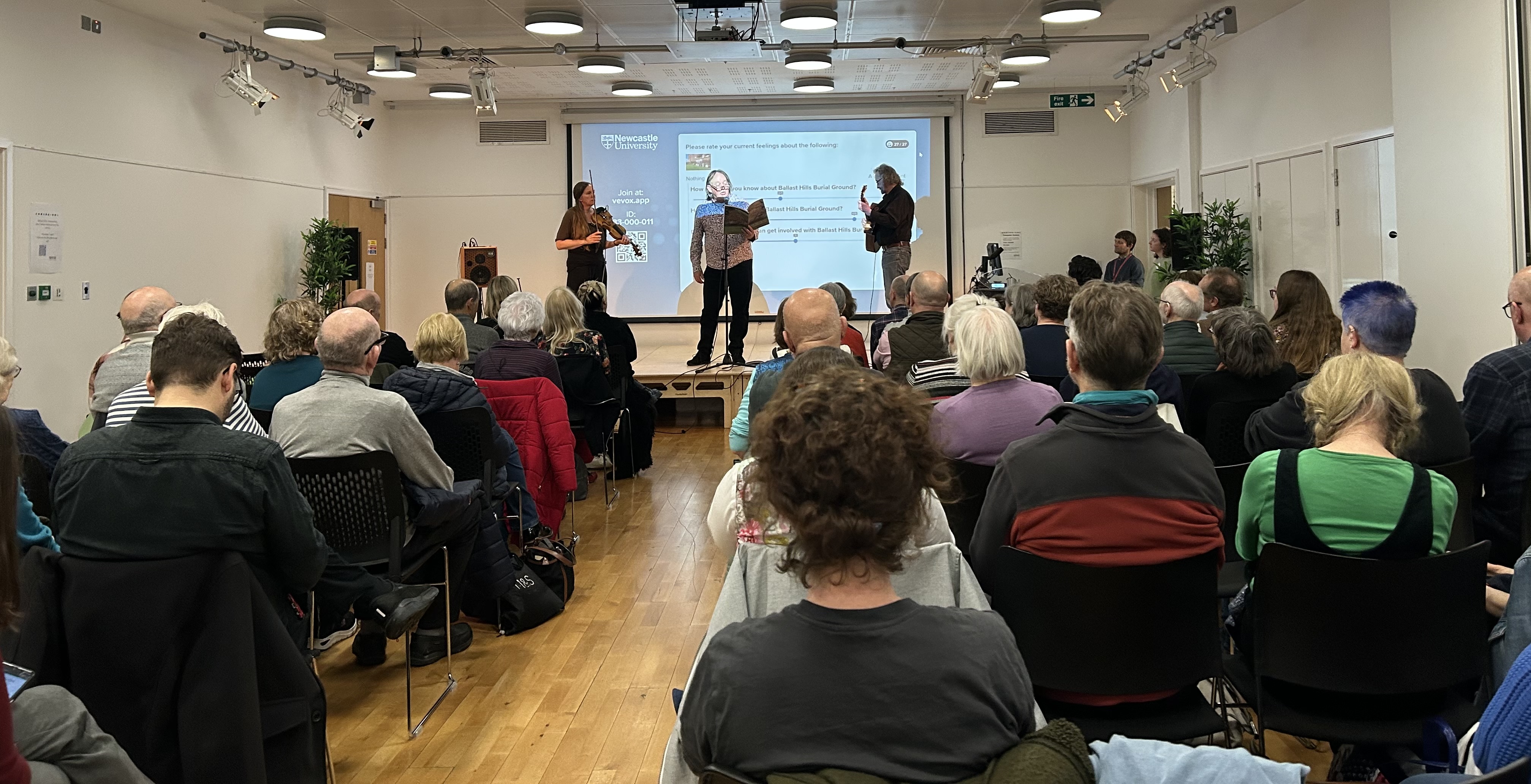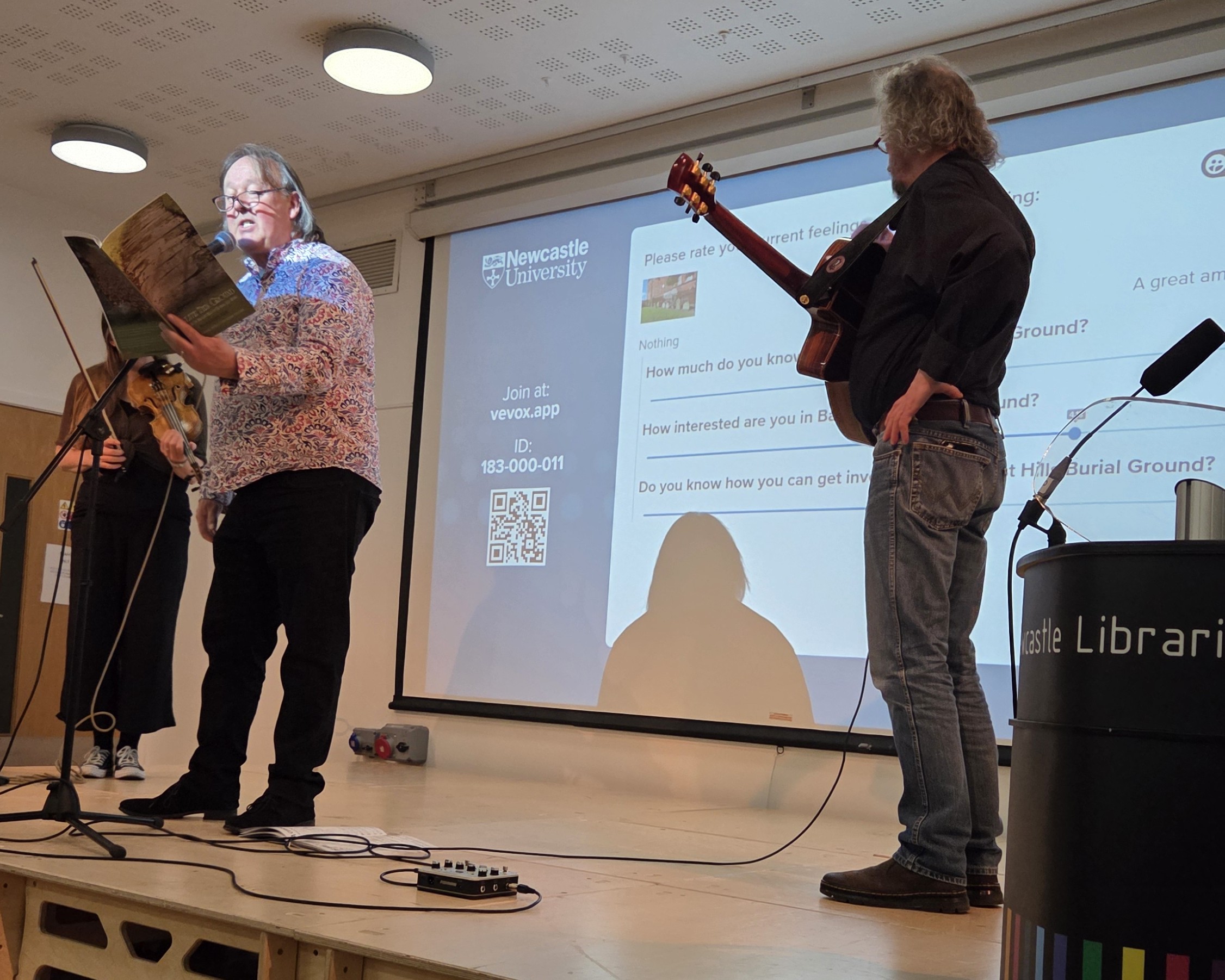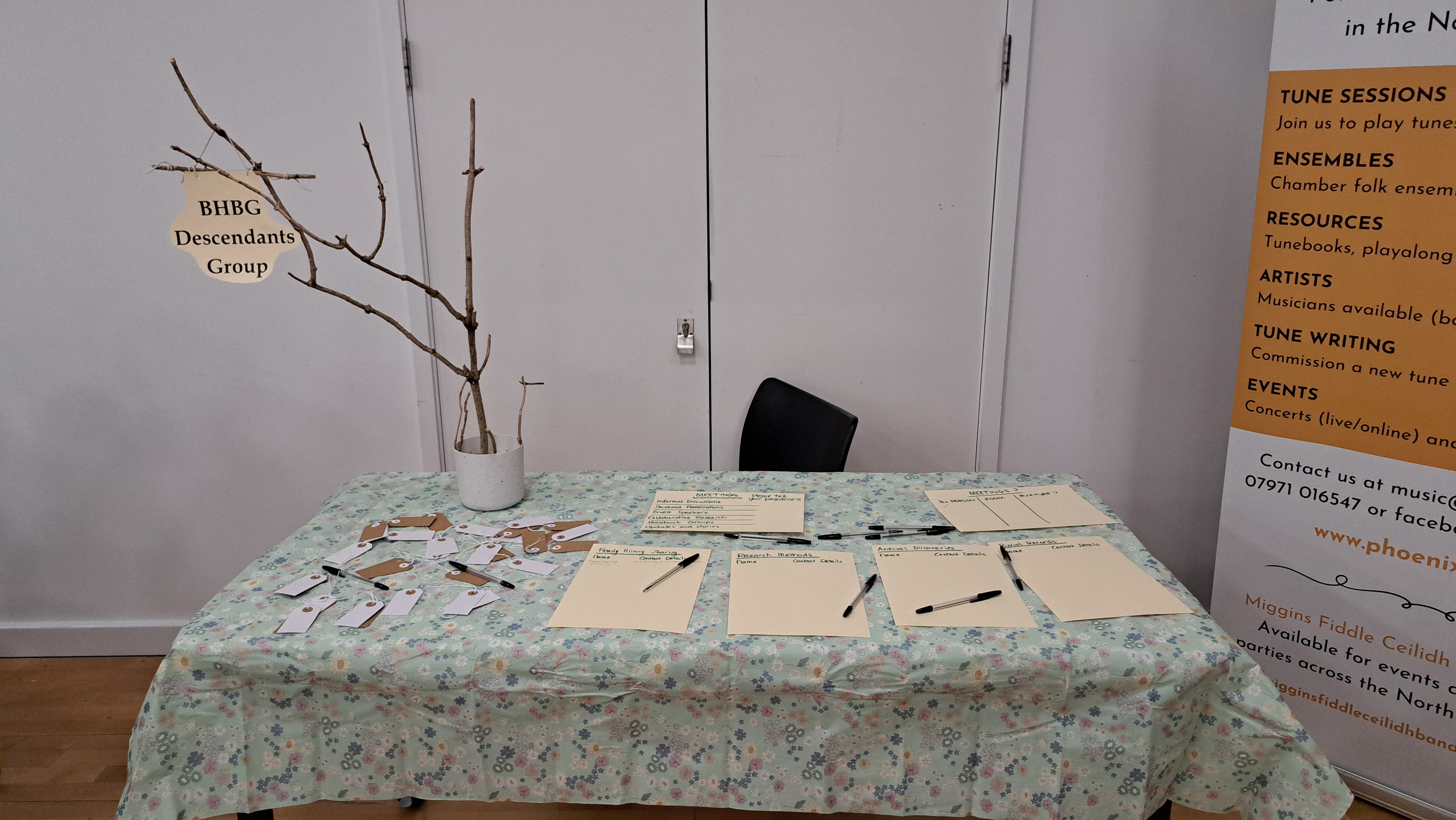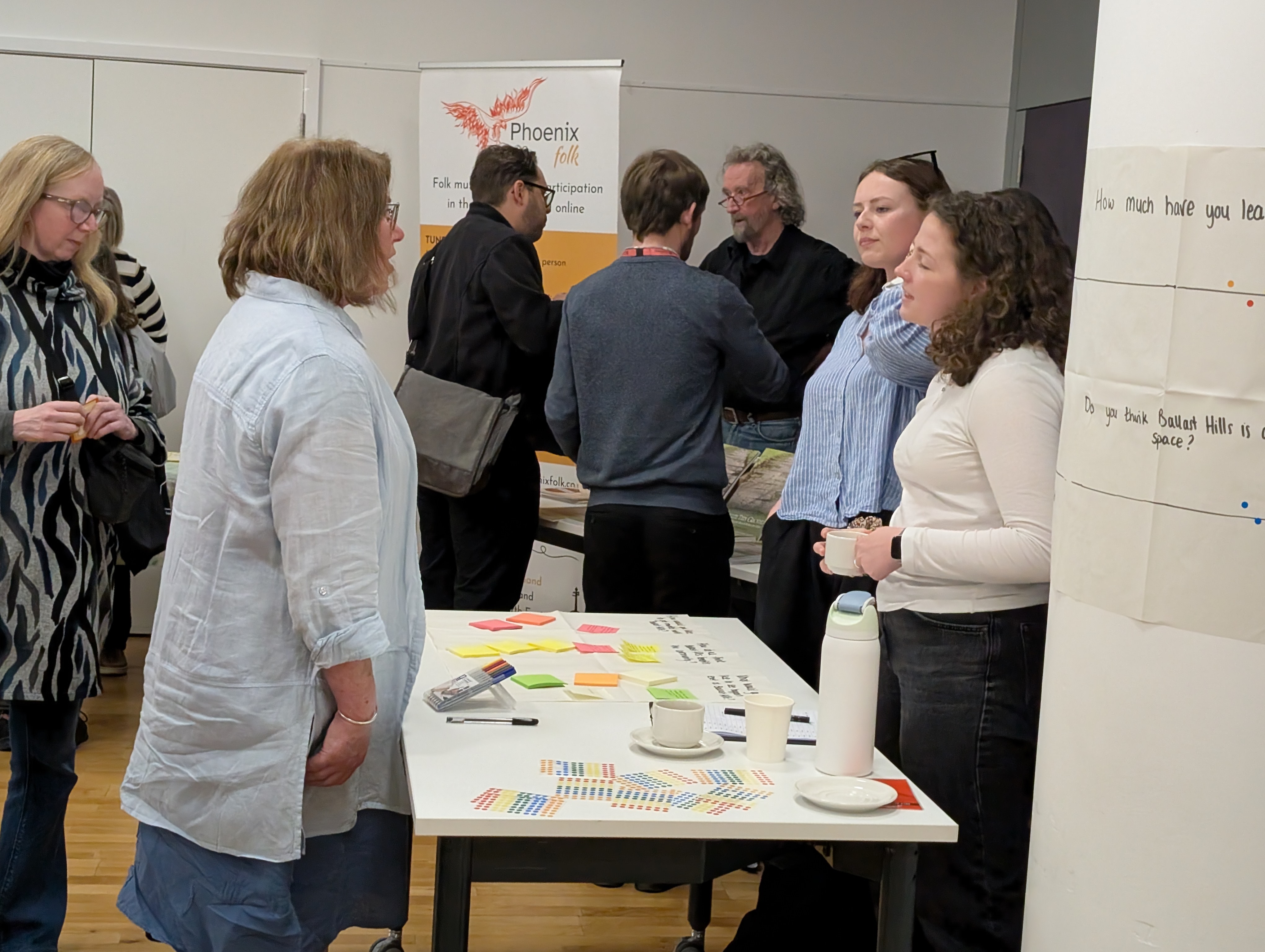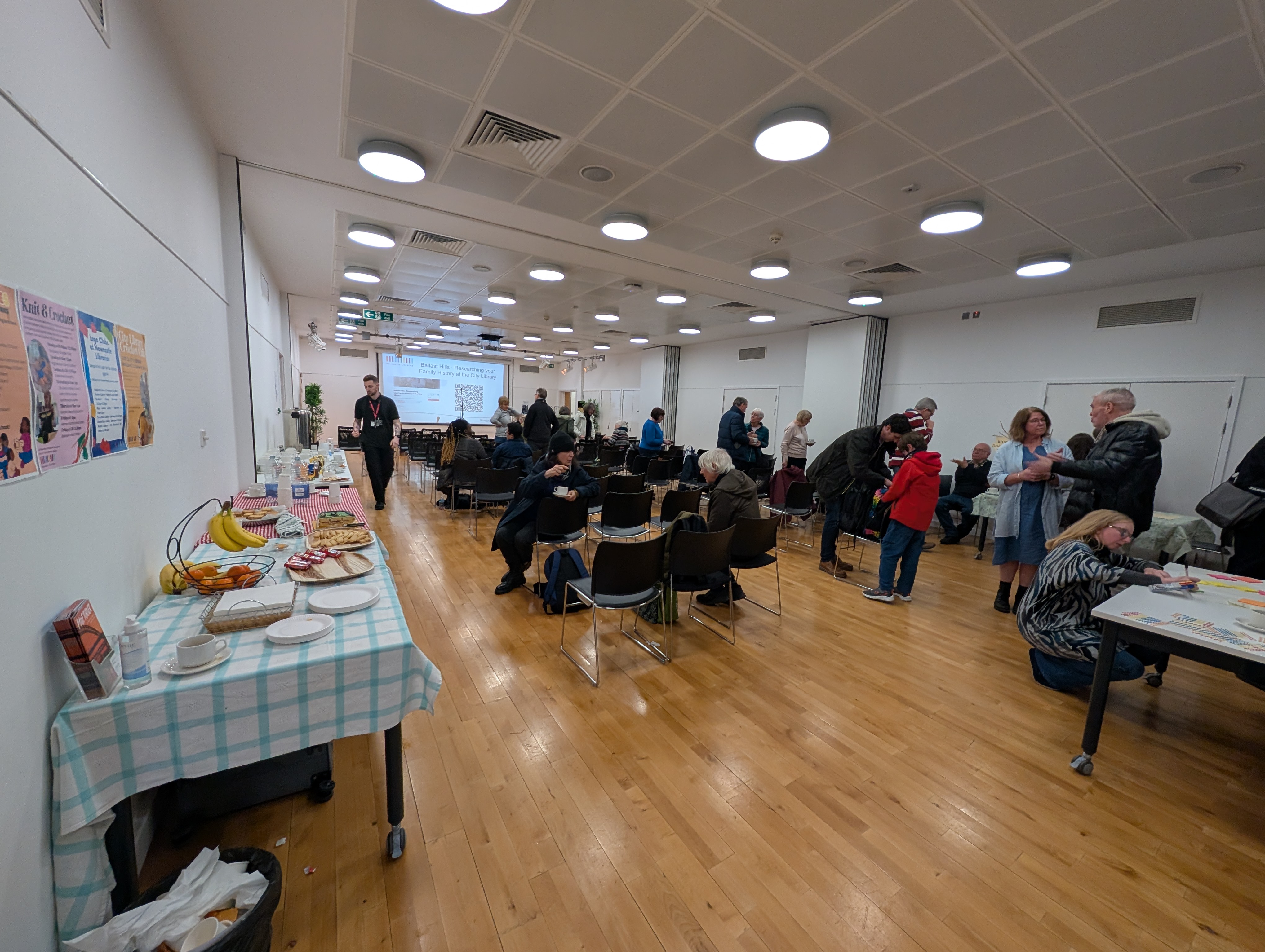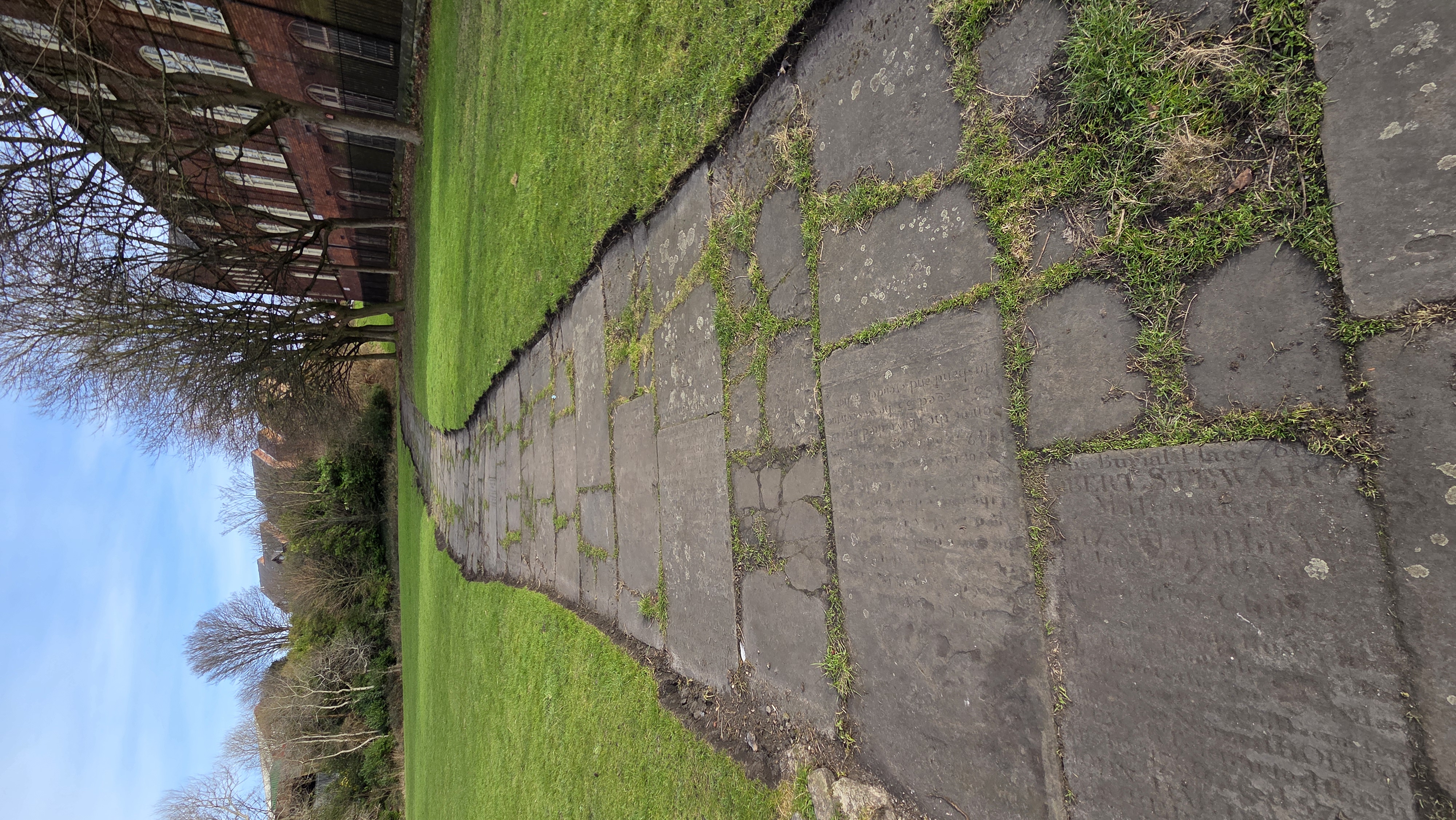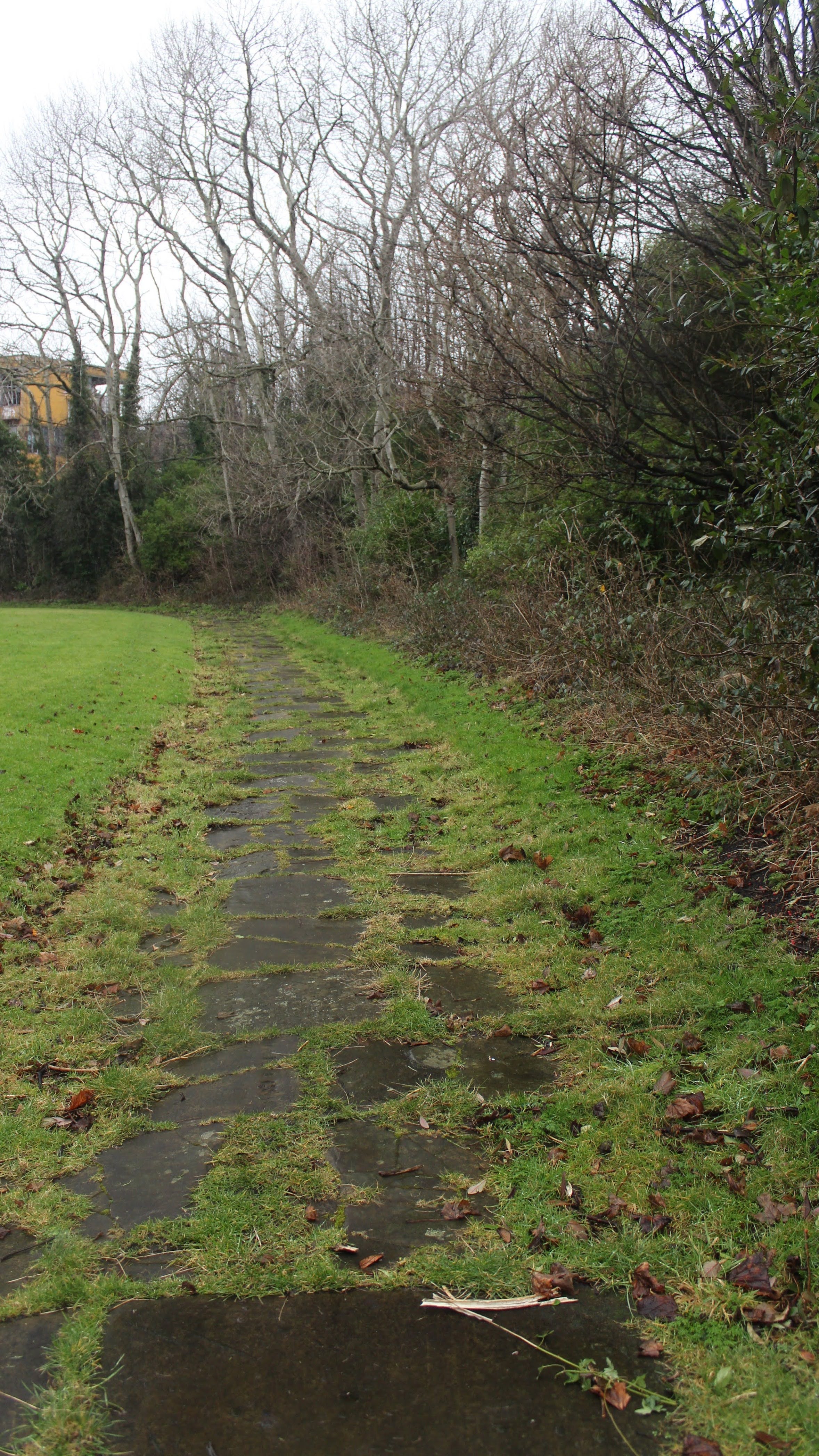We’ve been hard at work at Ballast Hills Burial Ground, recording gravestones with the help of some truly fantastic volunteers. Despite the overgrowth, unpredictable weather, and the challenges that come with deciphering centuries-old inscriptions, our team has been making great progress and having a few laughs along the way!
We’ve now recorded nearly 175 of the 275 gravestone segments. That means we’re down to the final 100!
It was also great to speak to so many people coming from or heading to the Ouseburn Festival over the weekend. Your interest and encouragement help keep the momentum going.
If you’d like to get involved, we still have sessions available. Whether you’re interested in helping with the recording or prefer to support us by clearing overgrowth so inscriptions can be read and scanned, your contribution would be hugely appreciated.
Remaining July Fieldwork Days & Time
- Wednesday, 9 – 14:00 to 18:00
- Saturday, 12 – 10:00 to 16:00
- Tuesday, 15 – 13:00 to 19:00
- Thursday, 17 – 10:00 to 16:00
Book a recording/cleaning slot: here or register your interest in get involed in other ways: here.
Here are a few images from recent field sessions, stay tuned for more stories.
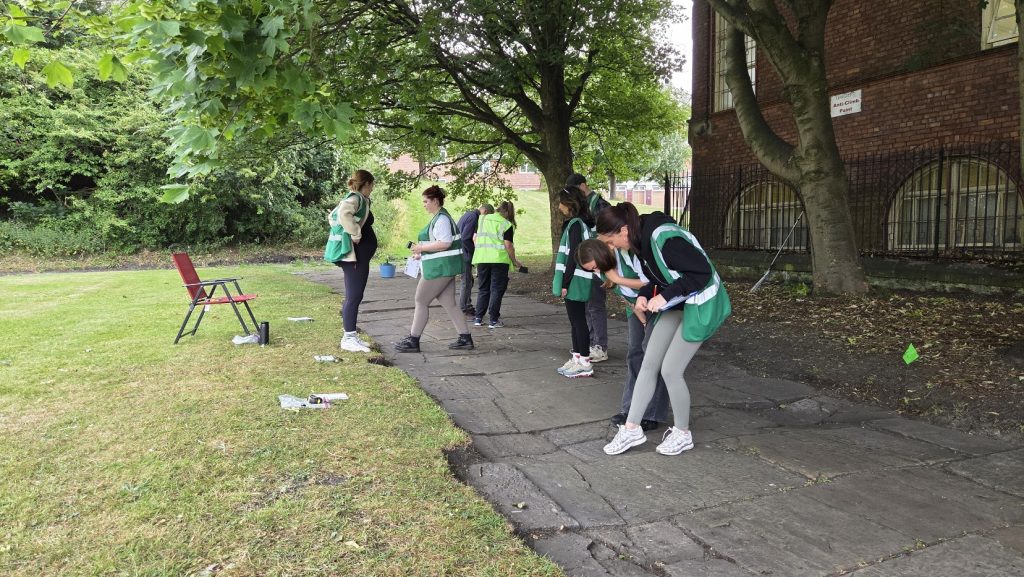
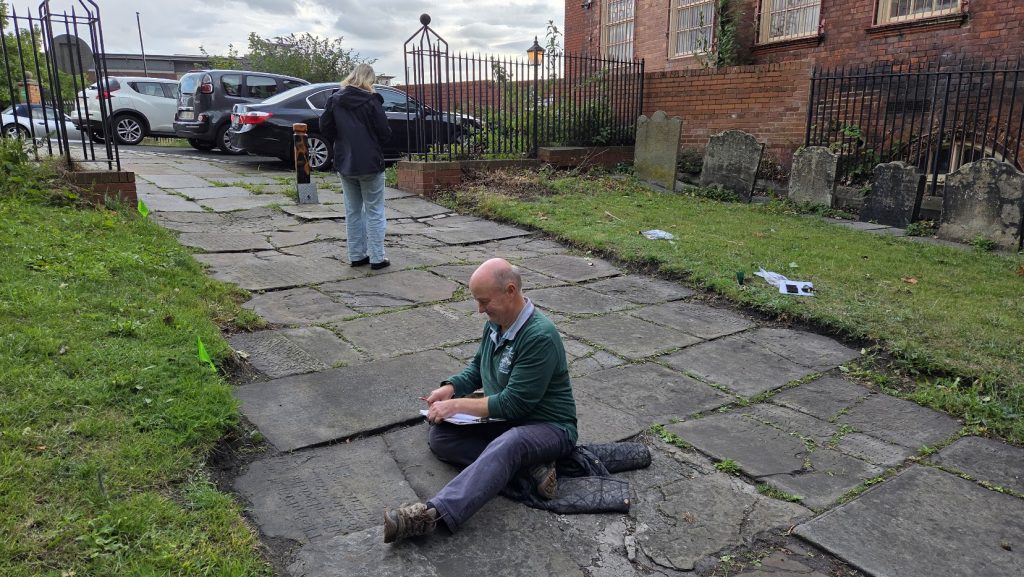
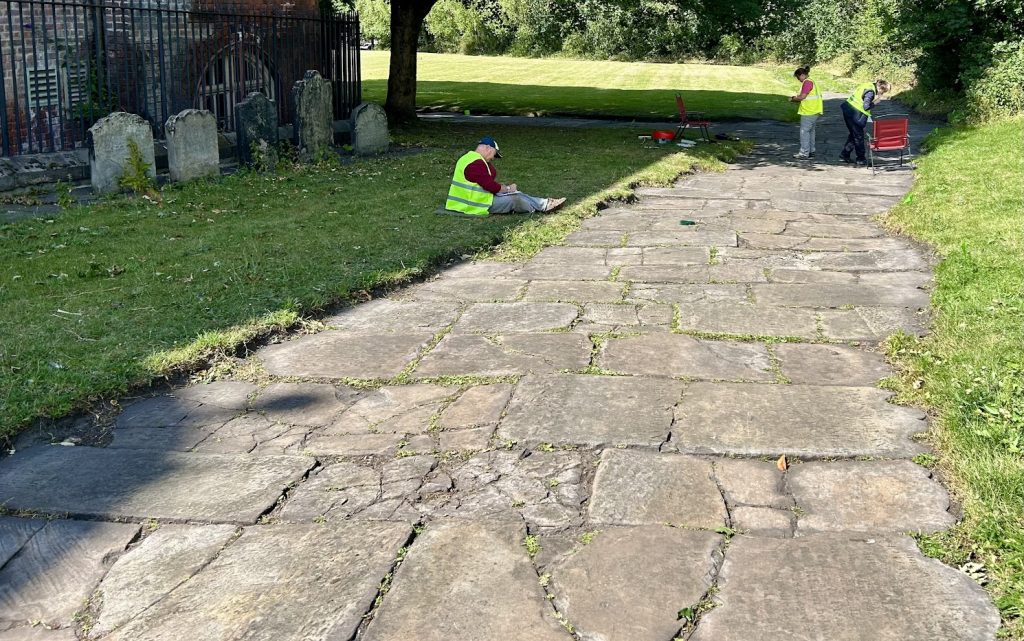
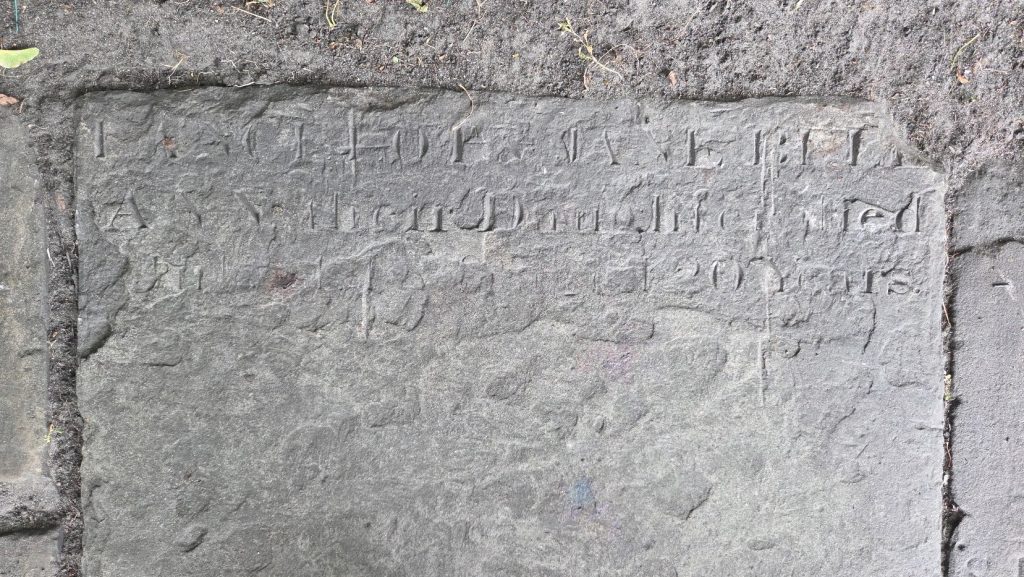

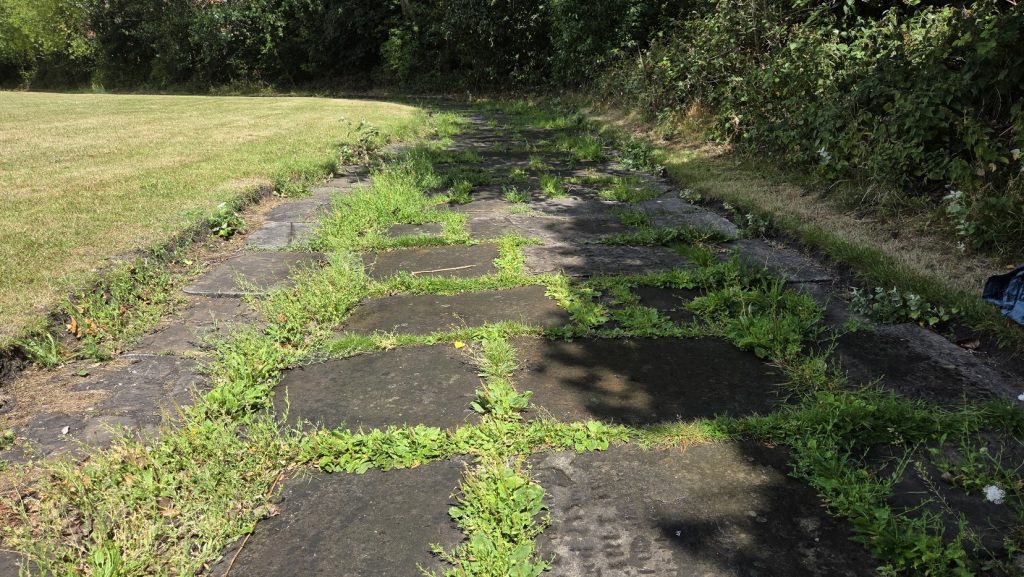
P.S. The newsletter might be running a bit late this month due to all the fieldwork—but hold tight, it will be out before the end of the month!
